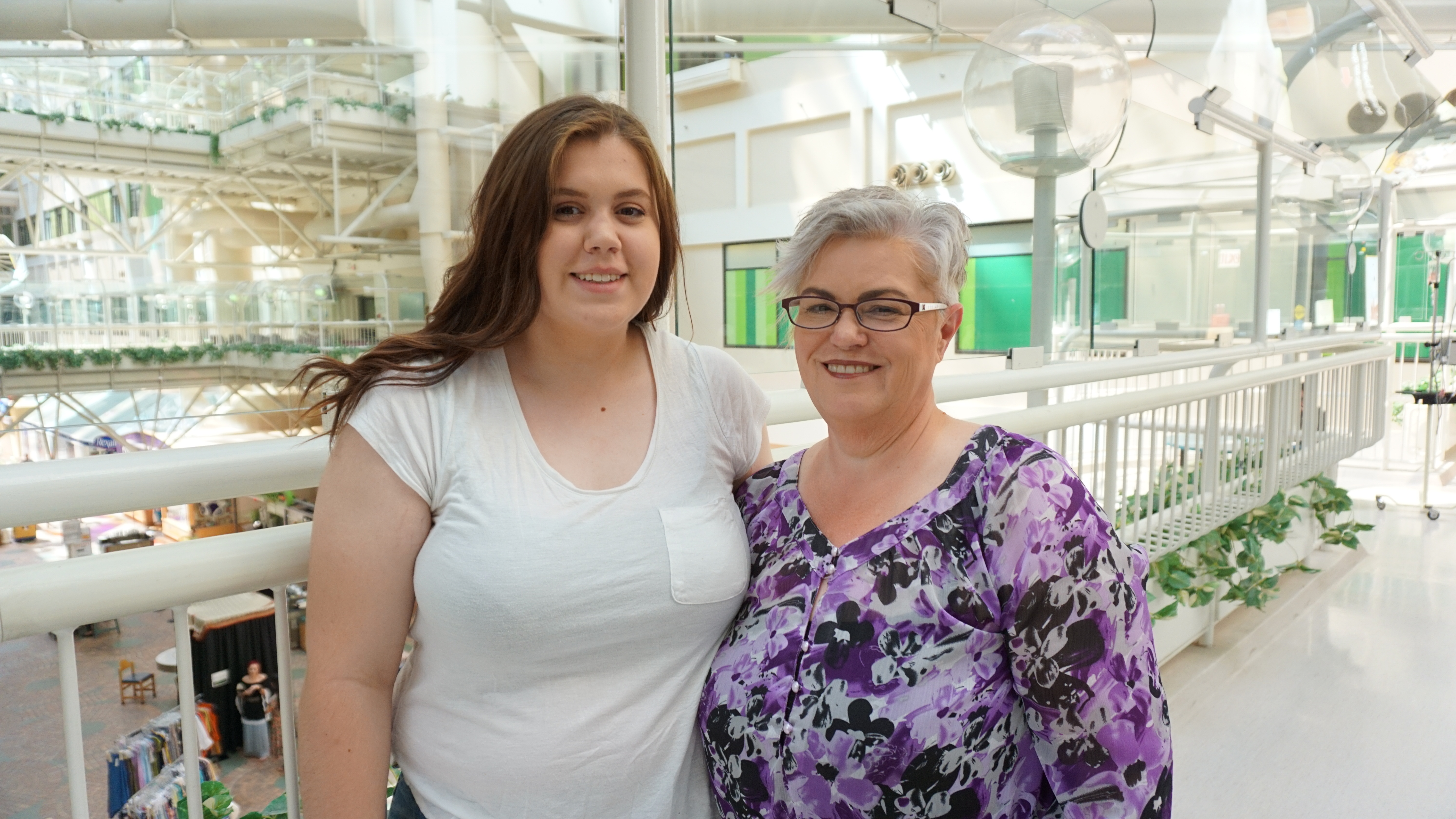
Hannah Seaton had been in-and-out of the hospital for months. The 15-year-old had unbearable headaches and pain, but what was triggering them? At first, it was a mystery to her doctors.
She spent a week at the Stollery Children's Hospital undergoing a number of tests and the cause still couldn't be diagnosed.
"I know my daughter and this wasn't normal for her," says Hannah's mother Dianna. "I felt helpless. But we tried to keep life for her as normal as possible."
It took more than year before the Seaton family finally started to get answers thanks to a referral to pain specialist and dentist Ivonne Hernández.
Hannah was diagnosed with Granulomatosis with Polyangiitis. Otherwise known as Wegener's disease, it is a rare immune disease that can be lethal.
"Hannah was referred to me on the basis of a pain problem and when I saw her my gut told me there was more to it," says Hernández.
During the examination, Hernández noticed Hannah's dark purple and reddish gums at irregular margins. "When I poked at her gums, they didn't bleed so I knew it wasn't gingivitis. But I knew something was wrong."
With the assistance of Tim McGaw, a professor in the oral medicine division at the School of Dentistry, Hernández was able to identify the condition. Granulomatosis with Polyangiitis is a rare long-term systemic disease in which the blood vessels become inflamed. It is a form of inflammation that affects small- and medium-sized blood vessels in many organs, but mostly the respiratory tract and the kidneys.
So what Hannah's doctors first believed might be asthma and sinus pressure was rather symptoms of Wegener's disease.
"It's a very rare disease and if left untreated a patient may die within six to 12 months," says Hernández, who notes that five to 10 people per million are affected.
What triggers or causes Granulomatosis with Polyangiitis remains unknown. But Hernández stresses working with a team of healthcare professionals and dentists is vital to treating it in time.
"We are in a unique and key role in treating patients. Because we see them regularly, we are able to see changes in their oral cavity and more effectively report and treat any issues," she says.
For Hannah finally having a diagnosis and course of treatment - along with an entire team of health care specialists to monitor her rare condition - gives her assurance.
"A year ago I couldn't function. I was happy they finally knew what it was and that it could be treated," says Hannah. The disease does go into remission after two years of treatment, but cannot be cured. She will require regular monitoring through blood tests.